Monthly Archives: March 2025
SOURCE: IDRW.ORG
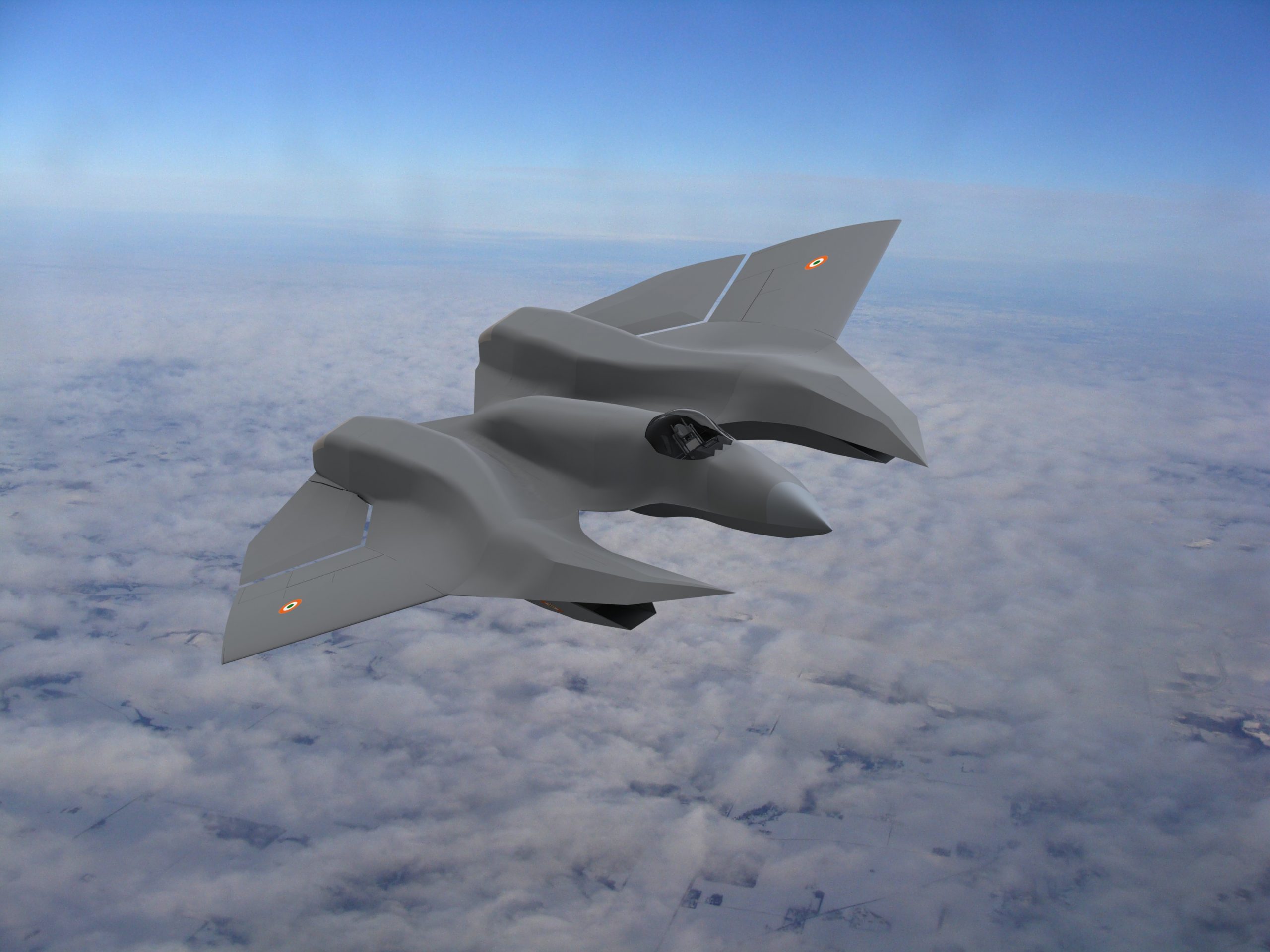

Chris Beskar, CEO and Chief Designer of Minnesota-based Stavatti Aerospace, is making waves with an audacious proposal: offering India the SM-39 Razor, a next-generation air dominance fighter and fighter-bomber that promises cutting-edge performance at a fraction of the cost of established competitors. Stavatti, a privately-held aviation company that has yet to produce a single aircraft, claims the SM-39 could revolutionize the warplane market—with a program cost of $3.3 billion and a unit price of $85 million. Beskar has pitched the jet not only to the U.S. Air Force (USAF) but also to multiple nations, with India emerging as a potential customer amid its ongoing quest for advanced fighter jets.
The SM-39 Razor is billed as a sixth-generation platform, blending air dominance, interception, and all-weather strike capabilities. Stavatti envisions two engine options: either dual NeoThrust™ E1400-SE-520 variable cycle afterburning turbofans, each delivering 52,434 lbs of static thrust with magnetohydrodynamic (MHD) energy bypass, or dual GEAE ACE turbofans, each producing 50,000 lbs of thrust. These powerplants promise Mach 4+ speeds, stealth features, and advanced AI integration—specifications that, if realized, would place the Razor among the world’s most formidable fighters. Yet, the company’s lack of a production track record casts a long shadow over these ambitious claims.
Continue readingSOURCE: AFI
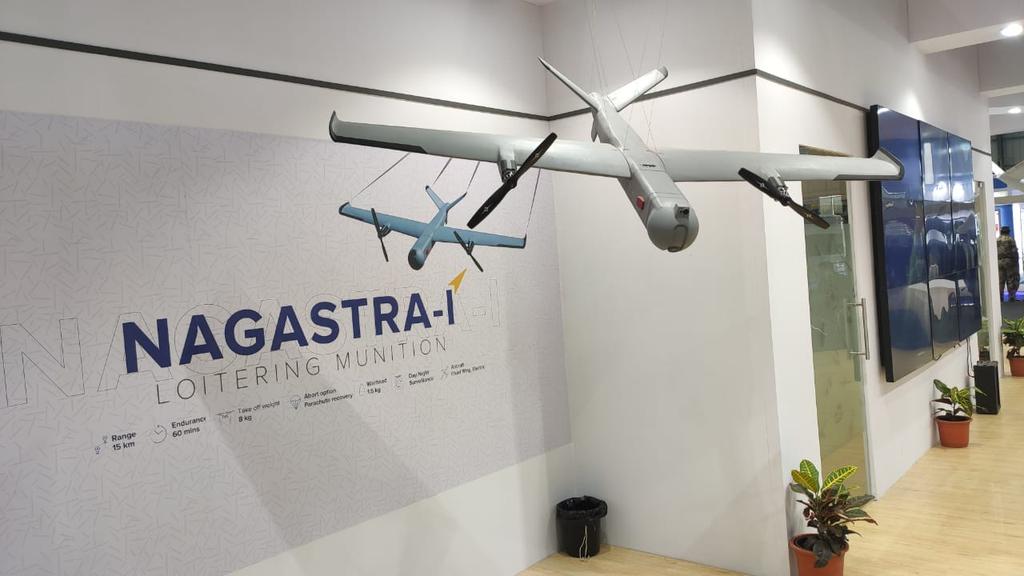

In a significant milestone for India’s indigenous defense manufacturing, Satyanarayan Nuwal, Chairman of Solar Defence and Aerospace Limited (a subsidiary of Solar Industries), has confirmed the successful completion of an order for 480 Nagastra-1 man-portable suicide drones for the Indian Army.
The delivery, finalized in 2025, follows the handover of the first batch of 120 units last year, marking a pivotal achievement for the company and reinforcing its growing stature in India’s defense sector. The Nagastra-1, a lightweight and precise loitering munition, is designed to neutralize hostile threats with lethal accuracy, showcasing India’s strides toward self-reliance under the “Make in India” initiative.
Continue readingSOURCE: AFI


Former Pakistani Senator Faisal Raza Abidi has once again stirred controversy with a provocative appearance on national television, where he urged Yemen’s Iran-backed Houthi rebels to expand their missile and drone attacks beyond Israel to include India. Abidi, known for his fiery rhetoric and unfiltered commentary, claimed that India is among the “biggest supporters of the Jews” and accused the country of supplying Israel with weapons to sustain the ongoing conflict in Gaza.
His remarks, delivered with characteristic intensity, have reignited debates about his political stance, the role of inflammatory rhetoric in Pakistan’s public discourse, and the broader implications of involving external militant groups in regional rivalries.
Continue readingSOURCE: AFI


A recently surfaced undated video featuring Muhammad Yunus, the Nobel laureate and interim Chief Adviser of Bangladesh, has ignited a firestorm of debate and concern in India. In the clip, which has gone viral across social media platforms as of March 31, 2025, Yunus is heard stating, “The Seven Sisters are the landlocked region of India. They have no way to reach out to the ocean, and we [Bangladesh] are the only guardians of the ocean.” These remarks, attributed to Yunus—who assumed power in Bangladesh following what critics describe as an illegal power grab after the ousting of Prime Minister Sheikh Hasina in August 2024—have raised alarm bells in India.
The statement is being interpreted as a veiled warning, especially given recurring calls from Bangladeshi student leaders and politicians for the annexation of India’s northeastern Seven Sisters to form a so-called “Greater Bangladesh.”
Continue readingSOURCE: AFI


The Indian Air Force (IAF) stands at a critical juncture as it seeks to modernize its fleet and bolster its strategic capabilities amid evolving regional threats. While the IAF has made strides in acquiring advanced fighter jets and missile systems, its pace of securing approvals for large-scale strategic programs from the Ministry of Defence (MoD) often lags behind the urgency demanded by the geopolitical landscape.
In contrast, the Indian Navy has demonstrated remarkable agility in navigating bureaucratic hurdles and achieving rapid progress in its strategic initiatives—most notably with its Nuclear Attack Submarine (SSN) program and the K-series Submarine-Launched Ballistic Missile (SLBM) program. The IAF could significantly benefit from adopting the Navy’s playbook to expedite its own high-priority projects.
Continue readingSOURCE: AFI
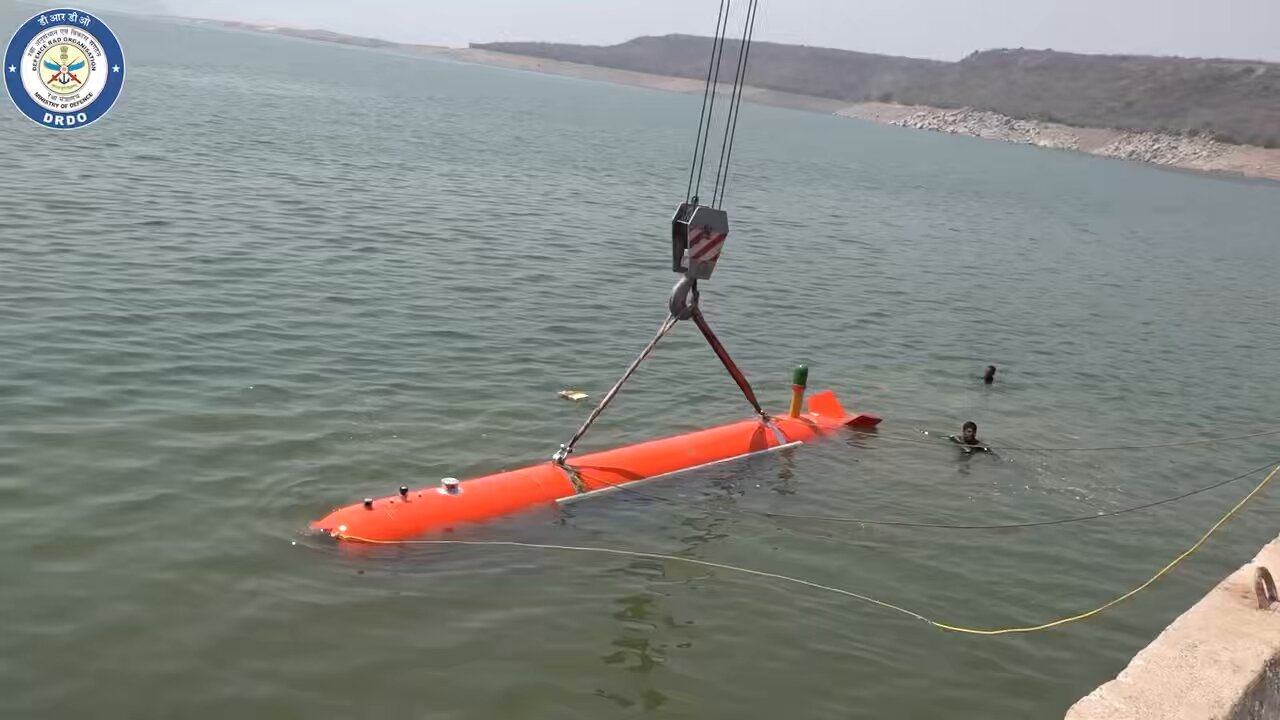

In a significant stride toward bolstering India’s underwater defense capabilities, the Naval Science and Technological Laboratory (NSTL), a premier research arm of the Defence Research and Development Organisation (DRDO), has successfully tested its High Endurance Autonomous Underwater Vehicle (HEAUV) in a lake environment.
The trials, conducted as part of the vehicle’s ongoing development, demonstrated flawless performance across multiple runs, validating its dynamics in both surface and submerged conditions. With perfect functioning of its sonar and communication systems, the HEAUV is emerging as a promising asset for India’s naval ambitions, showcasing the nation’s growing prowess in indigenous defense technology.
Continue readingSOURCE: AFI


In a landmark development for India-US nuclear collaboration, the United States Department of Energy (DoE) has granted regulatory approval to Holtec International, a New Jersey-based firm, to design and build nuclear reactors in India. Announced on March 26, 2025, this authorization allows Holtec to share unclassified Small Modular Reactor (SMR) technology with three Indian entities: its regional subsidiary Holtec Asia, Tata Consulting Engineers Ltd, and Larsen & Toubro Ltd (L&T). This breakthrough, nearly two decades after the signing of the India-US Civil Nuclear Agreement in 2007, marks a significant step toward unlocking the commercial potential of the long-stalled nuclear partnership, aligning with India’s clean energy ambitions and deepening bilateral ties.
The DoE’s approval falls under the stringent “10CFR810” regulation of the US Atomic Energy Act of 1954, which governs the transfer of nuclear technology. Previously, US companies were permitted to export nuclear equipment to India but were barred from manufacturing or designing reactors locally—a restriction that hindered progress under the 2007 agreement, also known as the 123 Agreement. The March 26 authorization lifts this barrier, enabling Holtec to collaborate with Indian firms on the development of SMRs, a next-generation nuclear technology poised to transform the global energy landscape.
Continue readingSOURCE: RAUNAK KUNDE / NEWS BEAT / IDRW.ORG


Hindustan Aeronautics Limited (HAL) stands at a crossroads of innovation and reflection, leveraging cutting-edge 3D scanning technology to resurrect its vintage HF-24 Marut trainer aircraft as the modern Hindustan Lead-in Fighter Trainer (HLFT-42). This ambitious project not only showcases HAL’s technological evolution but also reflects lessons learned from the troubled development of the HJT-36 Yashas and the successful design inspirations drawn from older trainer aircraft for the HTT-40. By blending legacy with modernity, HAL aims to redefine its approach to trainer aircraft development for the Indian Air Force (IAF).
The HLFT-42 emerged as a conceptual highlight at Aero India 2023, envisioned as a next-generation supersonic Lead-in Fighter Trainer (LIFT). Designed to bridge the gap between basic trainers and advanced combat aircraft, the HLFT-42 aims to prepare IAF pilots for sophisticated fighters like the Tejas Mk2 and the Advanced Medium Combat Aircraft (AMCA). HAL’s strategy cleverly integrates the HF-24 Marut’s mid-fuselage and wing design with the Tejas Mk1’s front fuselage, and it also get rid of the air intake was placed in a ring-like shape around the circumference of the rear fuselage, instead it now has Tejas Mk1 a move that promises to streamline development costs and timelines while capitalizing on proven aerodynamic principles.
Continue readingSOURCE: RAUNAK KUNDE / NEWS BEAT / IDRW.ORG


Jayant Damodar Patil, Larsen & Toubro’s (L&T) head of aerospace and defence, has put forth an ambitious vision for India’s aerospace industry: the development of a fully Indigenous 110kN thrust engine for fighter jets, leveraging lessons from the Kaveri engine program.
Speaking recently, Patil emphasized that L&T, alongside other major private-sector partners, possesses the capability to achieve this feat within India, provided the government prioritizes technical merit over the restrictive “L1 syndrome”—the practice of awarding contracts to the lowest bidder regardless of quality or innovation.
Continue readingSOURCE: RAUNAK KUNDE / NEWS BEAT / IDRW.ORG


In a significant development for India’s Indigenous defence capabilities, officials from Bharat Dynamics Limited (BDL) have confirmed that the Helina/Dhruvastra anti-tank guided missile (ATGM), originally developed for the Light Combat Helicopter (LCH) program, will also be integrated into the Indian Air Force’s (IAF) fleet of 22 Boeing AH-64 Apache attack helicopters. This move underscores the versatility of the missile system and its growing role in enhancing the IAF’s firepower.
The Helina, also known as Dhruvastra in its air-launched variant, is a third-generation, fire-and-forget ATGM designed to neutralize Armoured targets, including tanks and fortified positions. Already successfully tested from the Advanced Light Helicopter (ALH)-Rudra Weapon System Integrated (WSI) platform, the missile is now on track for integration with Hindustan Aeronautics Limited’s (HAL) LCH Prachand attack helicopters within the next couple of months. The IAF’s interest in equipping its Apache fleet with this indigenous missile further amplifies its strategic adoption across multiple platforms.
Continue readingSOURCE: AFI
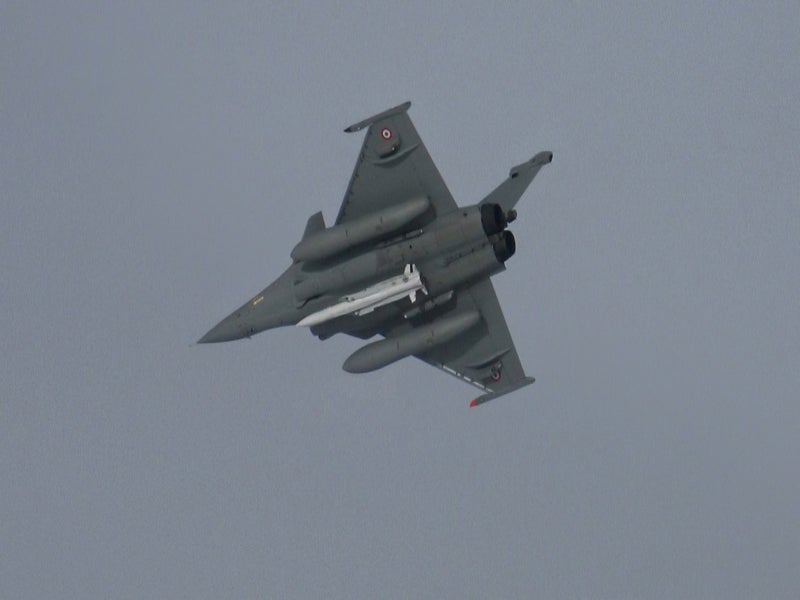

The Indian Air Force (IAF), tasked with the critical responsibility of delivering nuclear weapons in retaliation as part of India’s nuclear triad, relies heavily on its fleet of fighter jets to execute this mission. Currently, the IAF’s nuclear delivery mechanism involves aircraft such as the Mirage 2000, Jaguar, and potentially the Rafale, equipped with gravity-based nuclear bombs.
This approach, however, necessitates that these aircraft fly over or near their target areas, exposing them to advanced enemy air defenses and increasing the risk of mission failure. As regional security dynamics evolve and adversaries bolster their air defense capabilities, it’s time for the IAF to transition to air-launched nuclear-capable missiles—offering a safer, more flexible, and strategically superior deterrent.
Continue readingSOURCE: AFI


The air-launched BrahMos-NG (Next Generation), a 1.3-ton supersonic cruise missile capable of reaching speeds of Mach 3.5, is generating significant buzz on the international stage. With its first test flight slated for 2026, this Indo-Russian anti-ship and anti-ground weapon system has already piqued the interest of over a dozen countries. The missile’s promise of speed, precision, and adaptability is turning heads, particularly as subsonic cruise missiles—commonly offered for air-launched platforms—have exposed vulnerabilities in contested airspace, a lesson starkly illustrated by the ongoing Ukraine-Russia war.
Developed by BrahMos Aerospace, a joint venture between India’s Defence Research and Development Organisation (DRDO) and Russia’s NPO Mashinostroyeniya, the BrahMos-NG builds on the success of its predecessor, the BrahMos missile, which has already secured a reputation as one of the world’s fastest supersonic cruise missiles. Weighing just 1.3 tons—half the weight of the original BrahMos—and designed for a range of up to 290 km (extendable to 450 km with upgrades), the NG variant is compact enough to be integrated into a variety of platforms, including lighter fighters like India’s Tejas, as well as heavyweights like the Su-30 MKI and Rafale. Its Mach 3.5 speed and reduced radar cross-section make it a formidable option for both anti-ship and land-attack roles.
Continue readingSOURCE: AFI
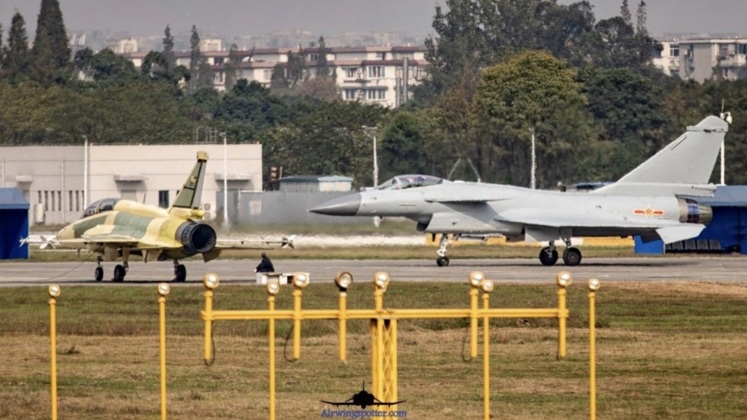

The Pakistan Air Force (PAF) has recently restructured its fighter fleet into a tiered system: the JF-17 Block 3 as the lower/mid-tier, the J-10C as the mid/upper-tier, and the anticipated acquisition of the Chinese J-35 stealth fighter as the upper-tier. While this modernization appears to bolster the PAF’s capabilities on paper, a closer examination reveals why this development might actually be advantageous for the Indian Air Force (IAF).
This article explores the operational dynamics of each jet, their estimated mission readiness rates, and the strategic implications for India, focusing on how these developments could expose vulnerabilities in Pakistan’s air strategy.
Continue readingSOURCE: AFI
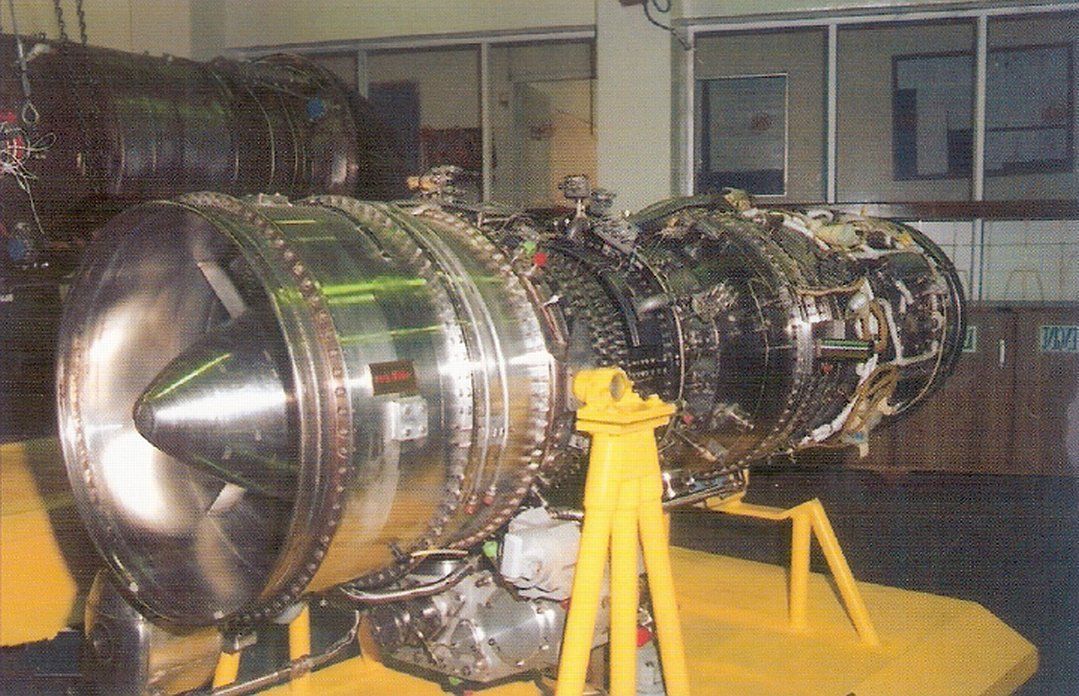

The GTX37-14U, developed by the Gas Turbine Research Establishment (GTRE) under India’s Defence Research and Development Organisation (DRDO), stands as a pioneering achievement in the nation’s quest for self-reliance in aero-engine technology. Conceived in the 1970s, this afterburning turbojet engine marked India’s first fully indigenous jet engine design, laying the groundwork for subsequent advancements in military aviation propulsion. Though it never powered an operational fighter aircraft, the GTX37-14U remains a testament to GTRE’s early ambitions and engineering ingenuity, offering valuable lessons for India’s ongoing engine development programs.
GTRE, established in 1959 as the Gas Turbine Research Centre (GTRC) in Kanpur and later relocated to Bengaluru in 1961, was tasked with advancing India’s gas turbine technology for military applications. The GTX37-14U emerged from this mission, with its development beginning in the mid-1970s as a demonstrator engine for fighter aircraft. First run in 1977, it completed its demonstrator phase by 1981, showcasing GTRE’s ability to design and test a complex propulsion system from scratch—a feat accomplished with limited resources and expertise compared to global aerospace powers.
Continue readingSOURCE: IDRW.ORG


India’s indigenous Light Combat Aircraft (LCA) Tejas Mk-1A is nearing a critical milestone as it undergoes rigorous extra firing and electronic warfare (EW) trials to ensure it meets the Indian Air Force’s (IAF) operational standards. According to sources cited by the Indian Defence Research Wing (idrw.org), the IAF is likely to receive its first fully operational Tejas Mk-1A in the first quarter of the financial year 2025-26, potentially between late April and early May 2025.
The trials follow the Mk-1A’s maiden flight on March 28, 2024 (not February as initially misreported), when the first aircraft, designated LA-5033, took to the skies from HAL’s Bengaluru facility for an 18-minute sortie. That flight, however, utilized older Category B F-404 engines—reserve units from earlier Tejas Mk-1 production—due to delays in the supply of new GE F-404-IN20 engines. These interim engines allowed HAL to maintain testing momentum, but the aircraft’s full potential hinges on the integration of the latest powerplants.
Continue reading